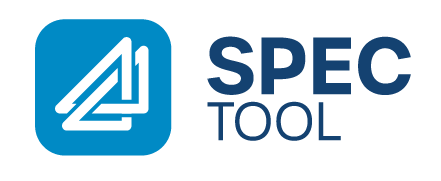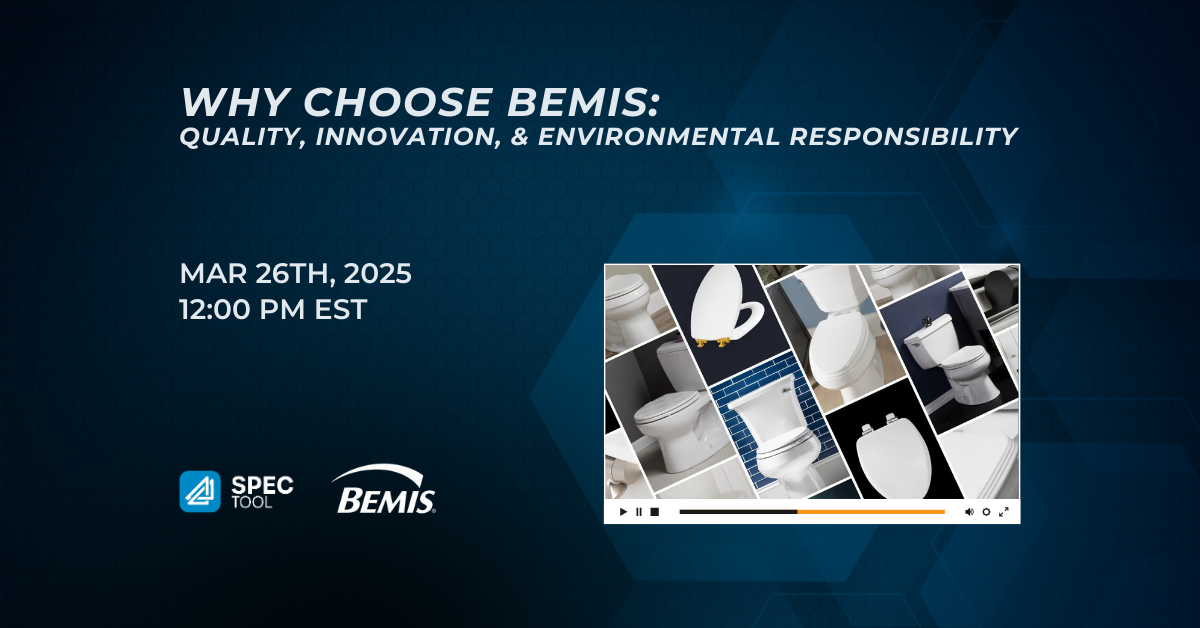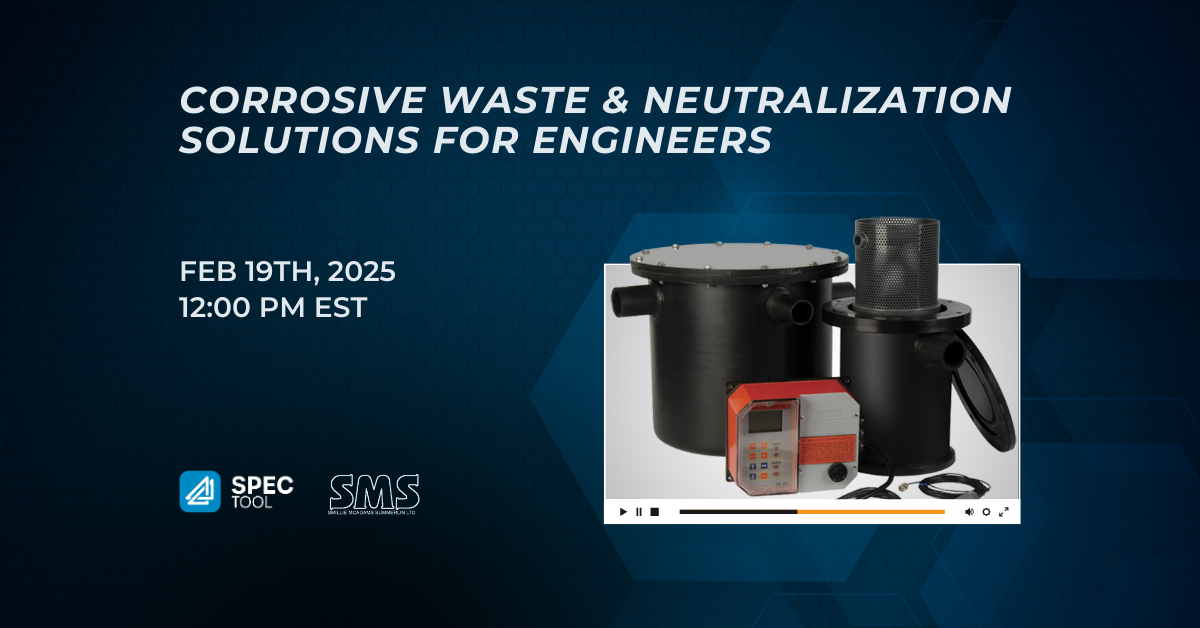Mastering the Art of Specification Writing: Drive Demand and Efficiency in Your Projects (CEU)

CHAPTER SUMMARY
Chapter 1: Introduction and Overview of ATS SpecTool
Key Takeaways:
- ATS SpecTool is a product selection and configuration program designed to help select correct options and download specifications in various formats.
- ATS University offers various webinars, including application-specific deep dives and general topics like specification development.
- Certificates of attendance are provided, with some sessions offering AIA-accredited CE credits.
Chapter 2: Evolution of Specification Writing
Key Takeaways:
- Specification formats have evolved from solely base bid specifications to include one name with alternates, three names or equals, and product descriptions only.
- There’s a shift toward more detailed product descriptions with approved manufacturer lists, sometimes integrated with drawings.
- The process has become increasingly digital, moving from physical manuals to online platforms and BIM models for enhanced collaboration.
Chapter 3: Common Issues and Best Practices
Key Takeaways:
- Specifications often suffer from brevity, excessive abbreviations, jargon, and manufacturer-specific branding.
- Inaccuracies and mismatches between written specifications and schedules are common, causing confusion and change orders.
- Best practices include considering the application (e.g., healthcare’s infection control needs) [20:39], ensuring structural completeness (including all components), complying with all levels of code, and using precise, detailed language to avoid ambiguity.
Chapter 4: Sample Specification and Holding Specifications
Key Takeaways:
- A healthcare application requires special considerations like sealed overflows, splash guards, and antimicrobial finishes.
- Holding the specification involves ensuring the shop drawings match the design intent and that approved alternatives maintain functionality.
- Detailed specifications with manufacturer model numbers reduce the risk of issues arising from unspecified equivalents.



